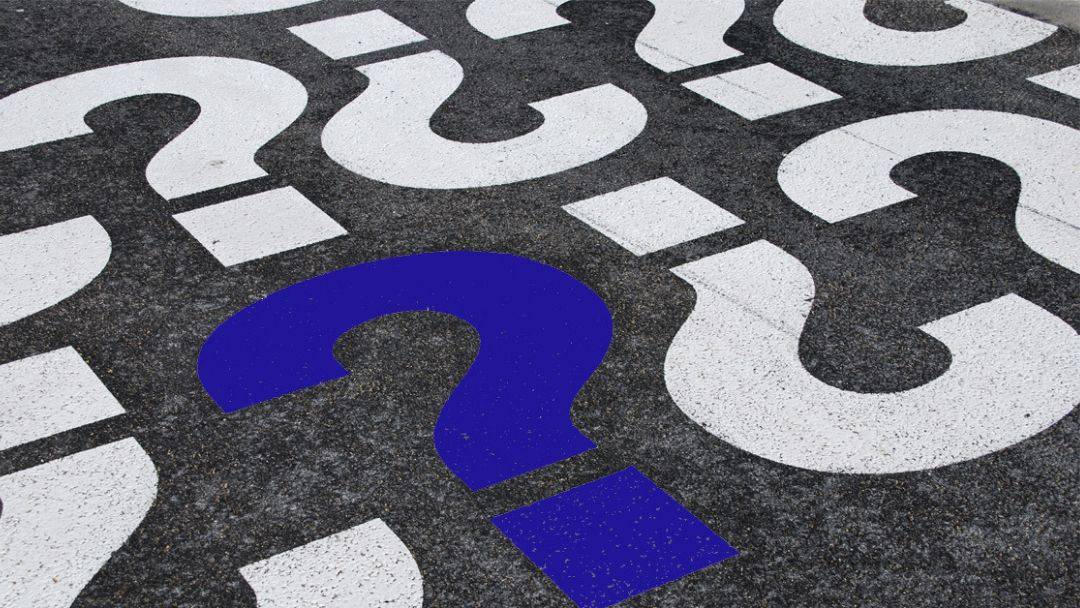
Limmer Education

by Dan Limmer, BS, NRP
Our articles are read by an automated voice. We offer the option to listen to our articles as soon as they are published to enhance accessibility. Issues? Please let us know using the contact form.
You are about to teach an AEMT or paramedic class. You have a group of wide-eyed EMTs wanting to learn more and progress to the next level (or to at least play with needles). How can you tell if your new students have the raw material it takes to succeed at an advanced level? Or perhaps you are finishing an EMT class, and you want to assess how well the students learned during your course—and how they will be able to think and function in the field.
In my online exam prep classes, I found myself asking new attendees a few questions to gauge their general preparation and what they learned in their EMT class. Students who answered these questions well seemed to do well on the NREMT. Those who didn’t know the answers didn’t do as well—and usually didn’t learn what they should have in class. Their lack of knowledge in basic pathophysiology was a common thread.
The more I read, and the more I speak to educators and students, the more I realize how much pathophysiology is one of the foundational elements of success at the EMT level—but perhaps the most challenging to teach—and especially integrate. The six questions below evaluate pathophysiology and pathophysiology-based thinking. I’ve put them in a table format and explain why I believe they are essential.
I know there are both aptitude and knowledge-based entrance exams. I’ve had mixed results with these. If you are looking for some questions for the student interview or to sound out a student you are chatting with, give these a try. I have found them to be quite insightful.
Question | What it tells you |
|---|---|
1) Were you taught to administer oxygen? | This question is designed to determine if the student was taught to give everyone oxygen by NRB or if it should be considered a drug and administered based on the patient’s need (hypoxia). You’d be amazed (or maybe not) how many students are still taught to give everyone oxygen. This question is first because I consider it the biggest indicator of a students EMT knowledge and preparation. |
2) Why is the skin cool and moist in shock? | This is basic pathophysiology. This will tell you whether the student memorized signs and symptoms of shock or actually knows why they occur. |
3) Explain how the alpha and beta agonist properties of medication affect the body | EMTs administer medications that use both of these receptors. To understand how they work—and when/why they should be given—the students should know these. In my experience, very few do. |
4) Provide an example of an injury or condition that will cause each of the four functional types of shock. | Hypovolemic (blood loss, diarrhea), obstructive (tension pneumothorax), distributive (anaphylaxis, sepsis) and cardiogenic (MI). These are the basic building blocks of understanding shock. I consider it concerning if a student can’t answer this question. |
5) What is pulse pressure and what do you expect it to do in shock? In increasing intracranial pressure? | I know it seems like there is a lot of shock on here, but pulse is a potential early warning sign of compensation as well as an indicator of cardiac output and vascular tone. Students should also know why it happens. |
6) List three ways to differentiate hypoglycemia from hyperglycemia. | This is a bit of a window into diagnostic thinking (e.g. sudden vs gradual, altered mental status) but also—you guessed it—pathophysiology. Moist versus dry skin, dehydration, urination, thirst, etc. This is a common complaint where an EMT can make a difference. Yes, a blood glucose monitor will give you an easy answer. Our students should still understand basic thinking and pathophysiology. |
Do you have any other questions or measures you use to determine student preparedness for your classes? What do you consider the most essential components of a prepared EMT?
Additional Reading:
We still aren't teaching enough pathophysiology


Limmer Education

Dan Limmer, BS, NRP

Limmer Education